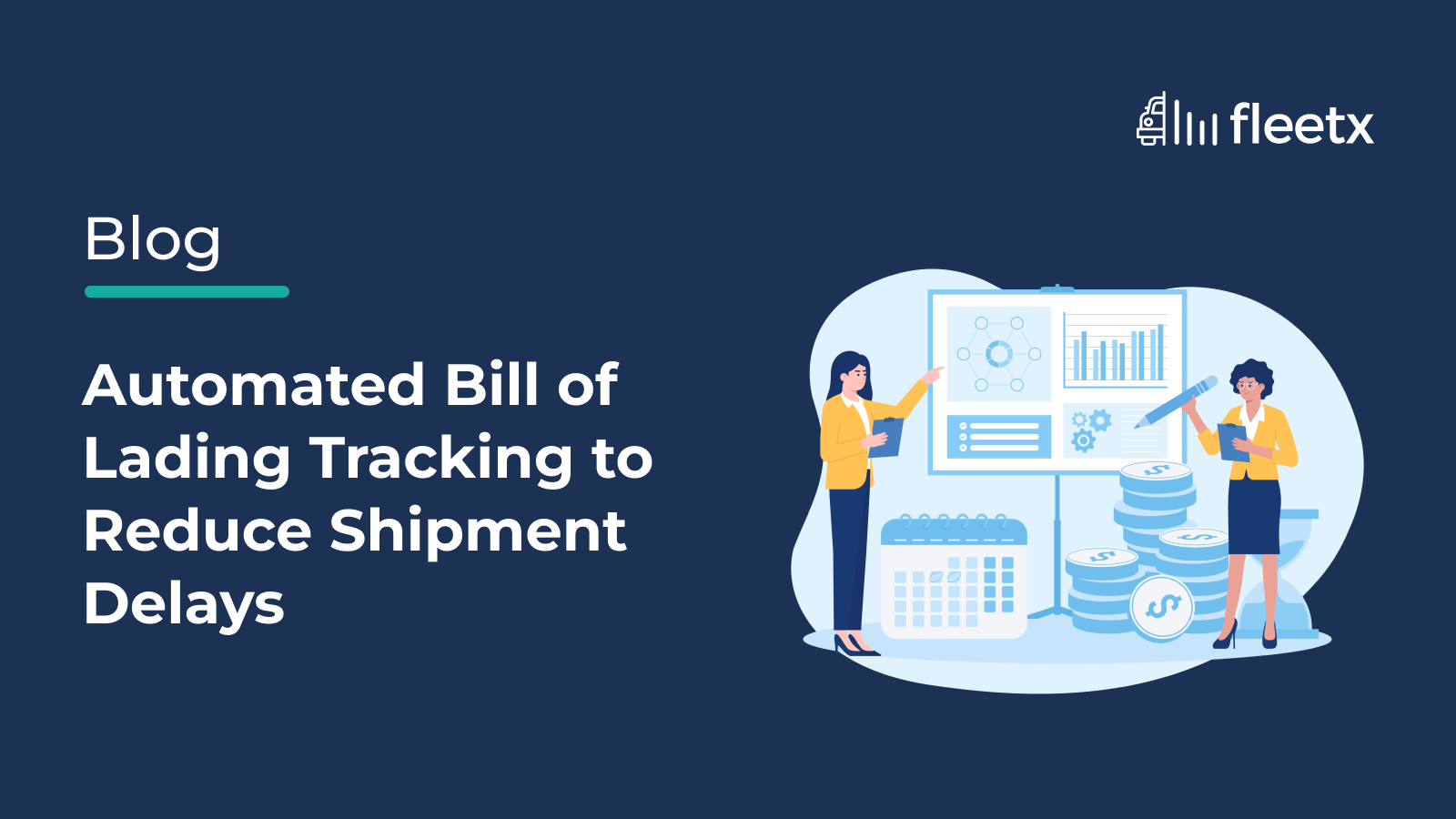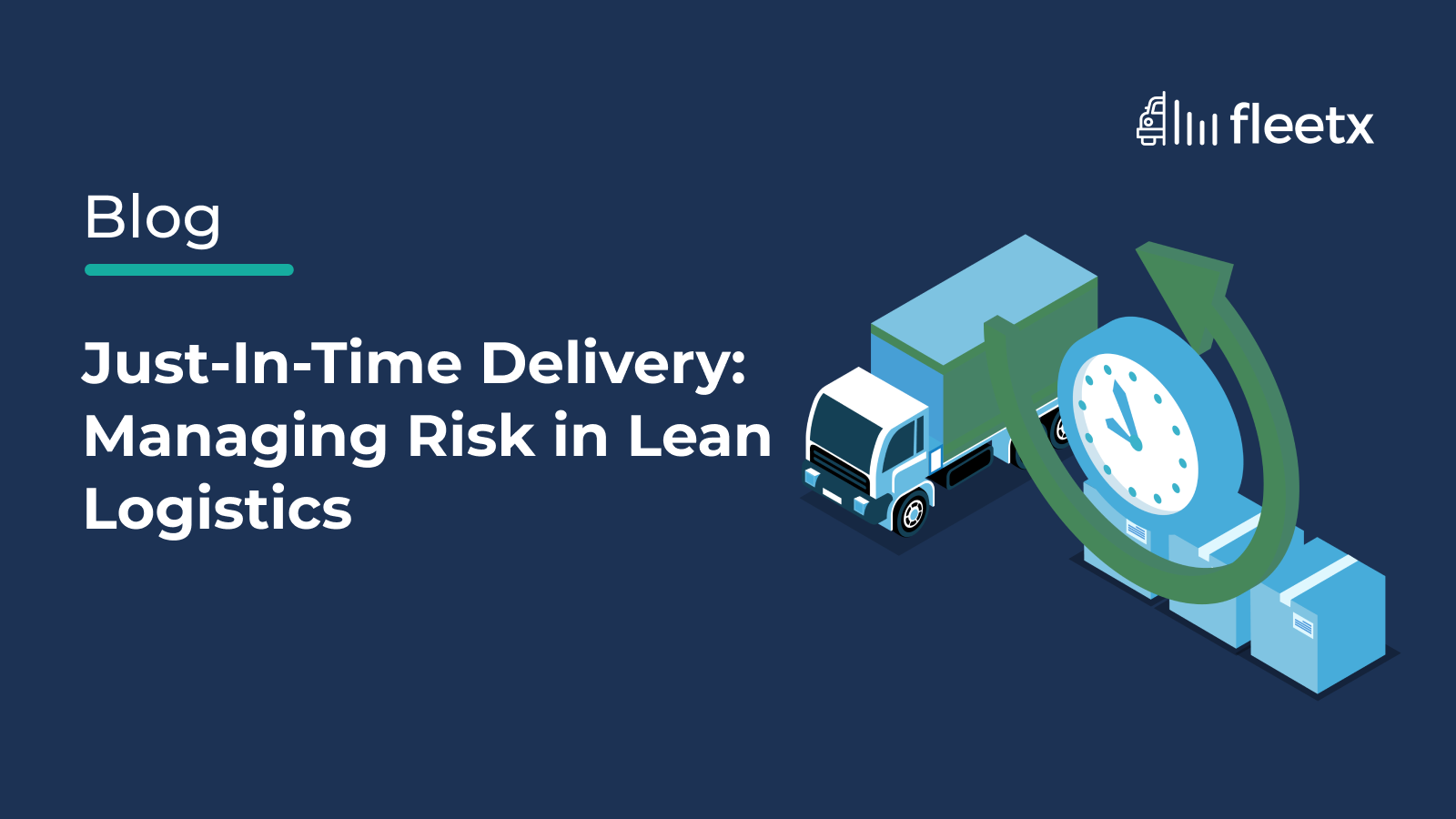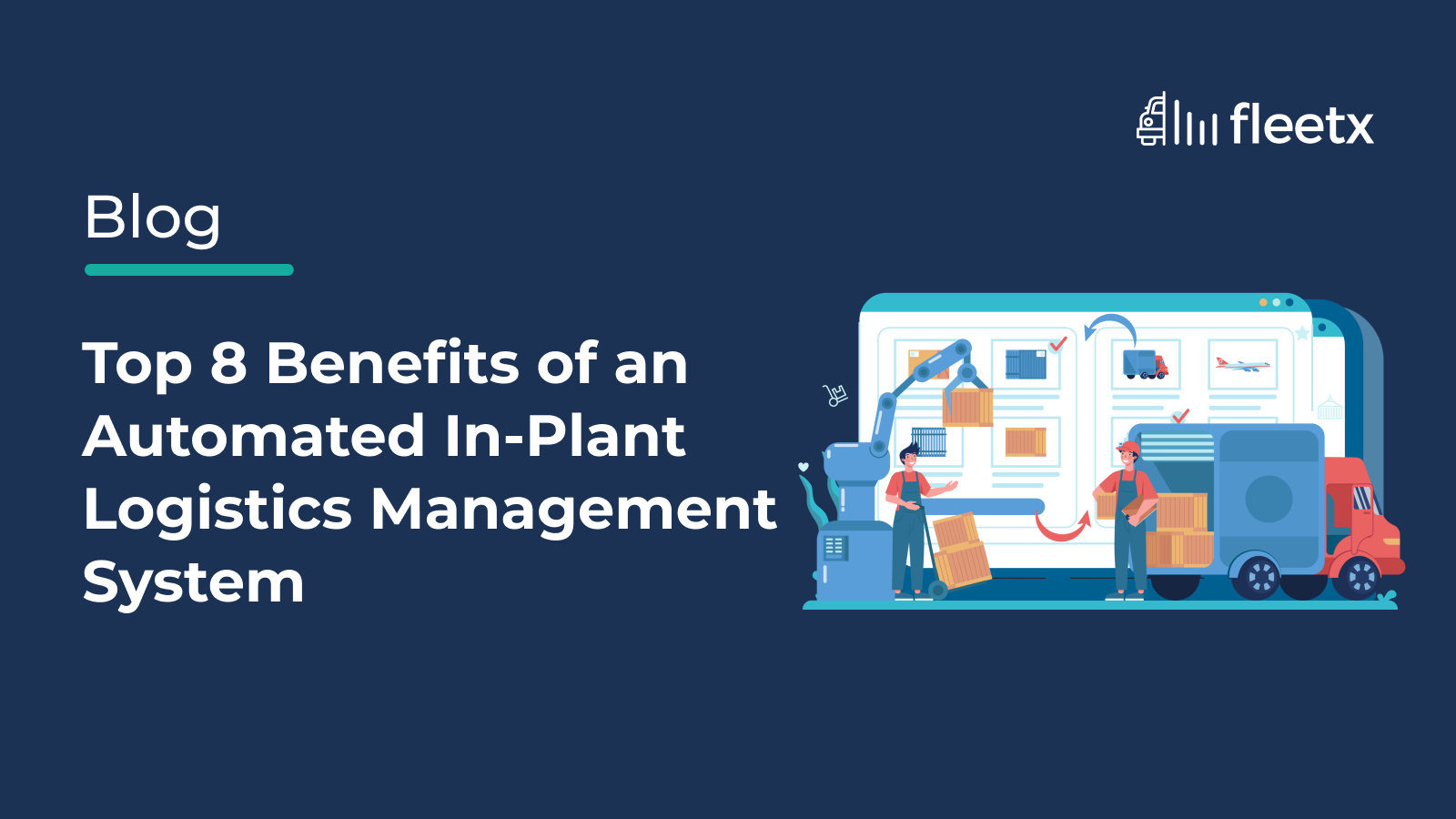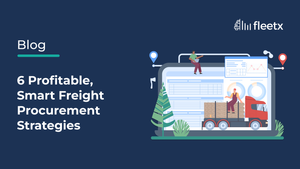
The world of international logistics is complex, to say the least. Like several other industries, process adherence plays a key role here and the bill of lading form is an important tool in simplifying the process.
A shipping bill of lading is a legal contract, mandatory for importing and exporting goods, and is critical in mitigating financial risks in case of any mishap. In cargo transport, a BOL form includes key information such as:
- Name and address of consignee
- Country and point of origin
- Export documentation for instructions
- Name and address of the shipper/exporter
- Forwarding agent
- Mode of initial transport
- Delivery point
- Loading port
- Cargo details
- Name of the vessel
Different Types of Bill of Lading
Bill of lading meaning includes several types, which are:
1. Straight BOL
- This non-negotiable shipping documentation is used when the goods are to be shipped to a specific consignee
- A straight bill of lading is used in prepaid shipping
- The fixed consignee cannot be changed
2. Order BOL
- This negotiable export documentation can be transferred by endorsement
- Used when the terms of payment involve a letter of credit
- Transferable to another party during transit
3. Clean BOL
- Issued for goods that were received without any damages or defects
- The international trade document serves as an assurance for buyers and banks in international deals
4. Claused BOL
- The notations include shipment damages or irregularities
- A warning signal for consignees and buyers regarding potential defects
5. Through BOL
- Relevant for goods transportation across multiple modes of transport
- To ensure efficient shipping despite carrier change
6. Master BOL
- The primary carrier issues the master bill of lading to the freight forwarder
- Used for large shipments involving multiple consignments
7. House BOL
- The freight forwarder issues it to the shipper as a sub-document of the Master BOL
- Detailing the individual consignments in a larger shipment
8. E-BOL
- Digital bill of lading
- Process optimization and reduced paperwork in the modern logistics landscape
9. Inland BOL
- Utilized during overland transport (by road or rail) to a seaport or airport
- For the smooth transfer of goods from one point to another in the supply chain
10. Ocean BOL
- Applicable in sea transport
- Includes details such as the port of loading and discharge
11. Air Waybill
- BOL for air freight
- Non-negotiable document
12. Freight BOL
- Merges the features of a shipping receipt and a freight invoice
- Freight charges and payment terms are included
13. Switch BOL
- Issued upon a change in consignee or shipment destination
- Mostly used for trade intermediaries
Journey of a Shipping BOL
BOL Creation
At the initial stage, the shipment details are outlined, including:
- Type of goods
- Shipment quantity
- Shipment destination
Accuracy is of prime importance as errors can cause issues across the process flow. Paper documents are giving way to electronic bill of lading that streamline data sharing and reduce errors.
Shipper to Carrier
After creating a BOL, it is handed over to the carrier which is used to verify the shipment details against the actual cargo. This is essential to avoid any discrepancies and subsequent delays. Carriers are supposed to check the BOL thoroughly to prevent any legal or financial issues involving the shipper.
In-Transit & Delivery
The carrier holds the BOL during transportation which serves as a legal contract outlining the carrier’s responsibilities. The shipment’s safe delivery is ensured with specific instructions. This document is essential to maintain trust among all parties involved.
Reasons Behind the Inefficiency of Manual Shipping Bill of Lading
In addition to the essential details, the freight bill of lading also contains information related to the vendor, purchaser, and government. Manual input of a long list of details into a spreadsheet becomes a complex process. There are several hidden costs too that are associated with manual data entry.
- Human errors lead to incorrect or incomplete data recording
- Slow turnaround times due to time-consuming manual processes, making it challenging to scale operations
- Escalating costs, for instance, late fees, depending on the quantity of documents involved and the complexity levels
- Prolonged TAT directly impacts vendor relationships, leading to an unfavorable business reputation
How Does Electronic BOL Tracking Reduce Errors and Delays?
Today, manual data entry is increasingly being replaced with advanced technologies – analytics, automation, and machine learning. Automated bill of lading enables supply chain resilience to reduce potential disruptions by-
- Automatically generating and storing the BOL
- Integrating the BOL with the organization’s accounting system, declaration flow, cargo tracking system, and customer relationship software
- Giving access to the transportation team members for viewing or downloading it from anywhere
- Updating real-time shipment information for better visibility and reducing pickup and delivery delays
The benefits of the automated features are:
Data Accuracy
End-to-end automation ensures that structured and unstructured data from PDFs, images, manual forms, etc. are swiftly converted into analytics-worthy data.
Time Savings
Automated BOL generation and sharing help reduce the time taken in processing the shipment at all stages, doing away with the complex paperwork and backlogs. The digital copy can be swiftly shared with all relevant stakeholders.
Cost-Effectiveness
Digitized BOL operations lead to cost savings in several ways - reduced paper usage, lesser storage requirement, and avoiding fines and legal issues, among others.
Compliant Processes
With automated processes, transport companies can adapt to regulatory changes swiftly, and with automated data readily available, compliance with laws and regulations becomes easy.
Secure Operations
Only the authorized shipper and carrier can access the digital BOL, making the operations secure and minimizing the risk of losses.
Digital Audit Trail
Automated bill of lading facilitates accurate financial records, streamlining the entire audit process.
Way Out from Manual Processes: Transport ERP from Fleetx
Smart BOL tracking has become essential in modern-day international transport to avoid the hassles of manual processes. However, the key lies in selecting a capable BOL tracking provider. With a significantly long logistics automation experience, Fleetx has been able to identify the problems associated with manual BOL tracking and thus has incorporated BOL integration and tracking in the ERP solution. The solution features include:
- User-friendly interface
- Wide integration capabilities
- Customizable alerts
- Regulatory compliance adherence
Future-Proofing International Cargo Transport
In international logistics, where every small step matters, the ability to track and manage BOLs efficiently is a game-changer. By implementing digital solutions and leveraging AI, logistics businesses can minimize errors and delays for streamlined operations and customer satisfaction. With the rapid technological evolution, investing in an efficient BOL tracking system is no longer optional but an absolute necessity.




